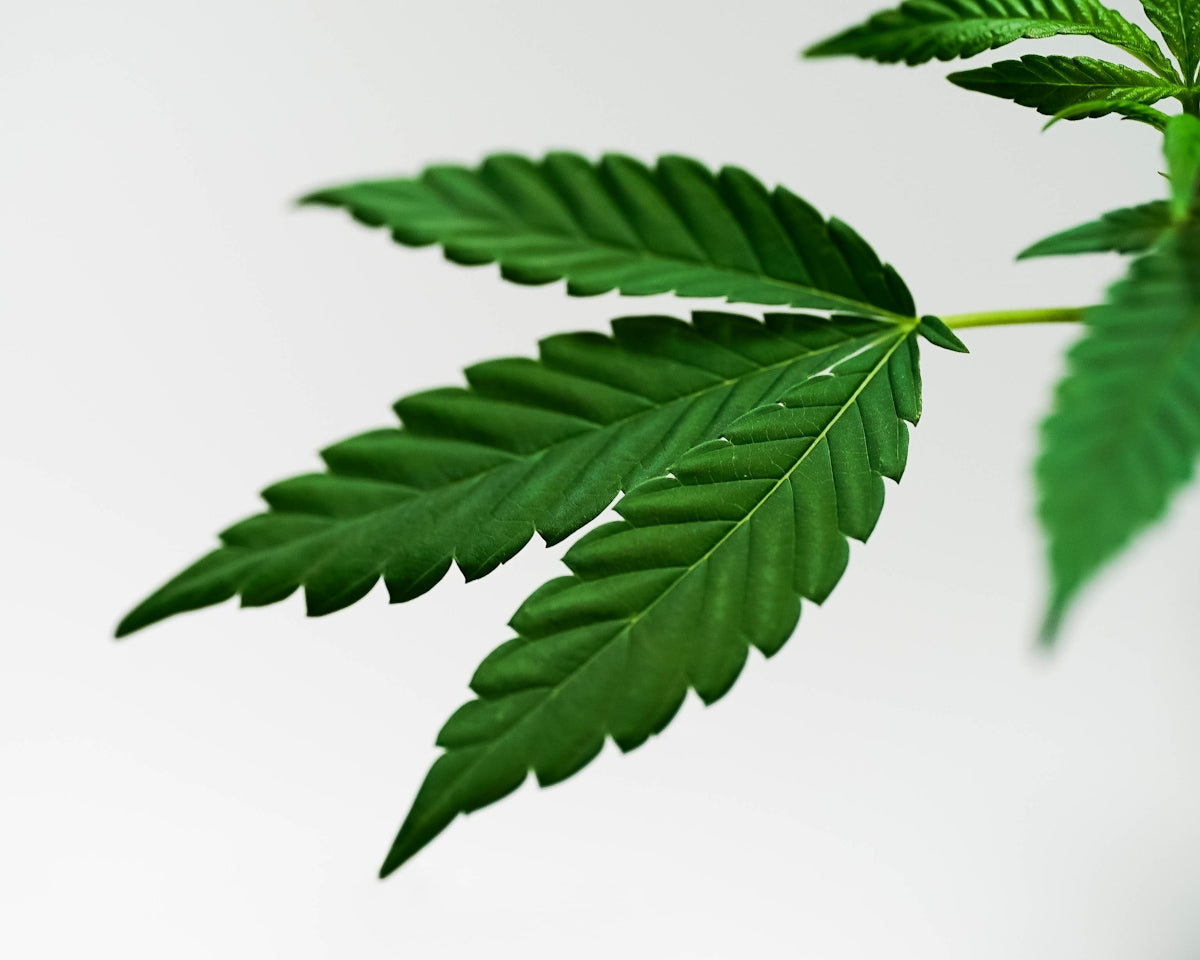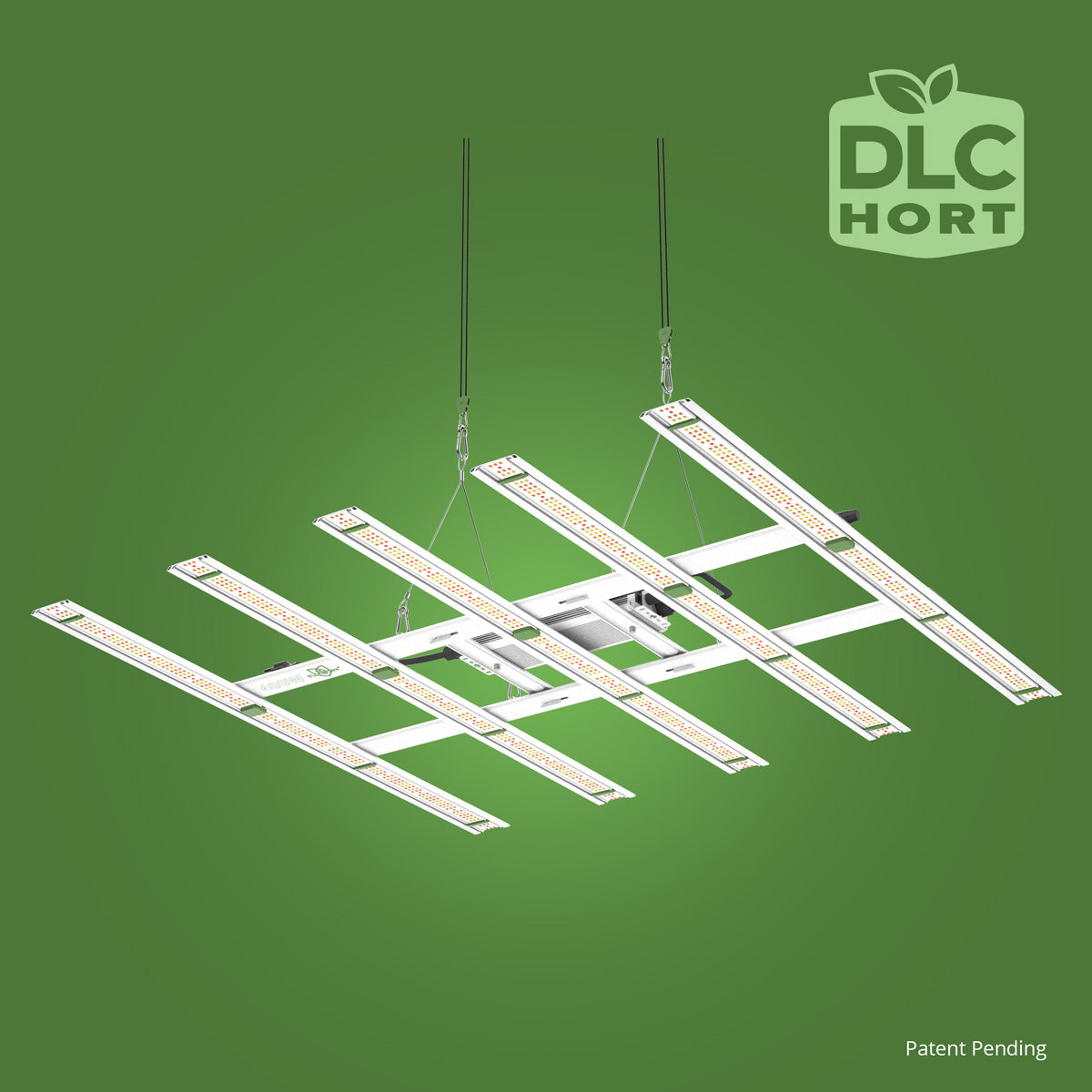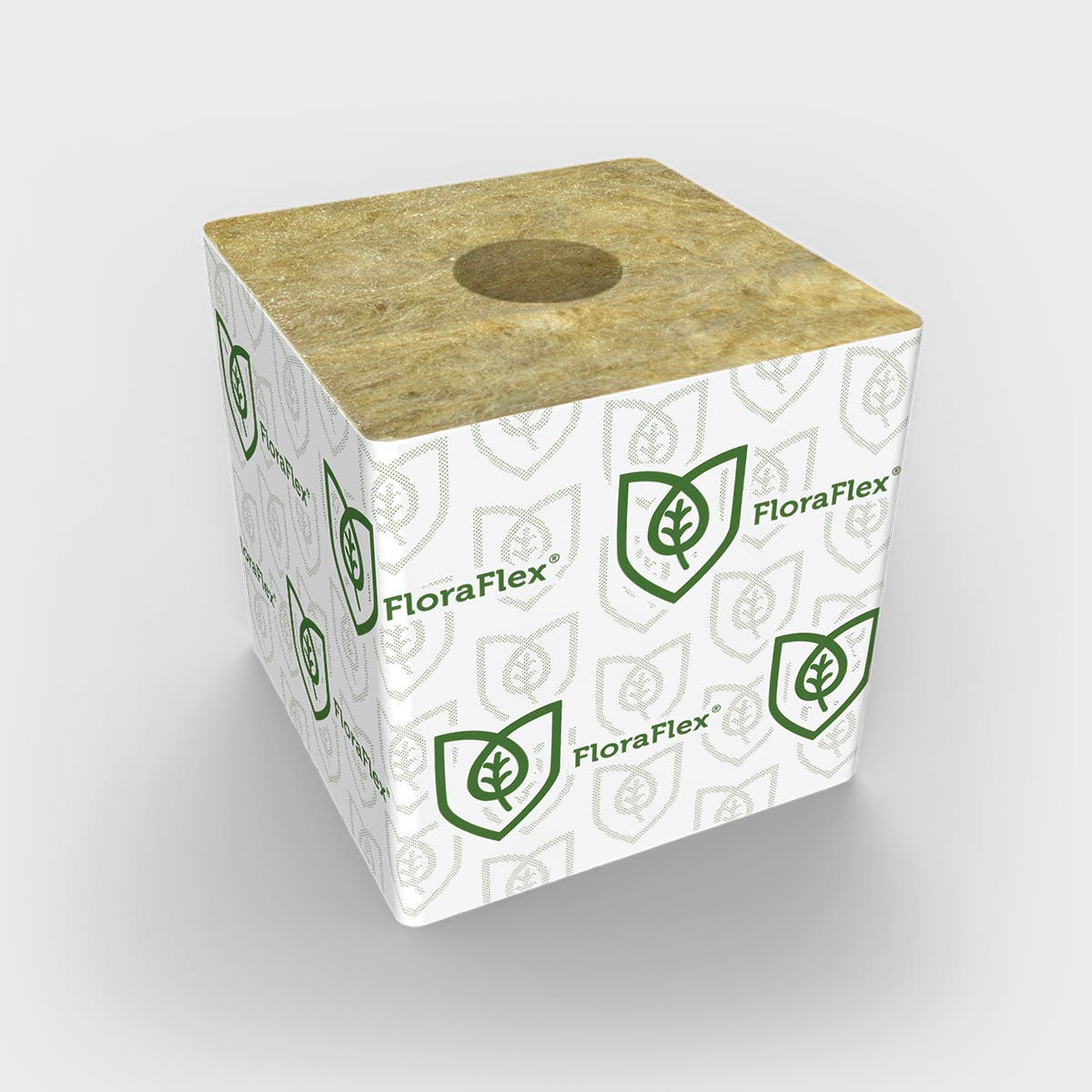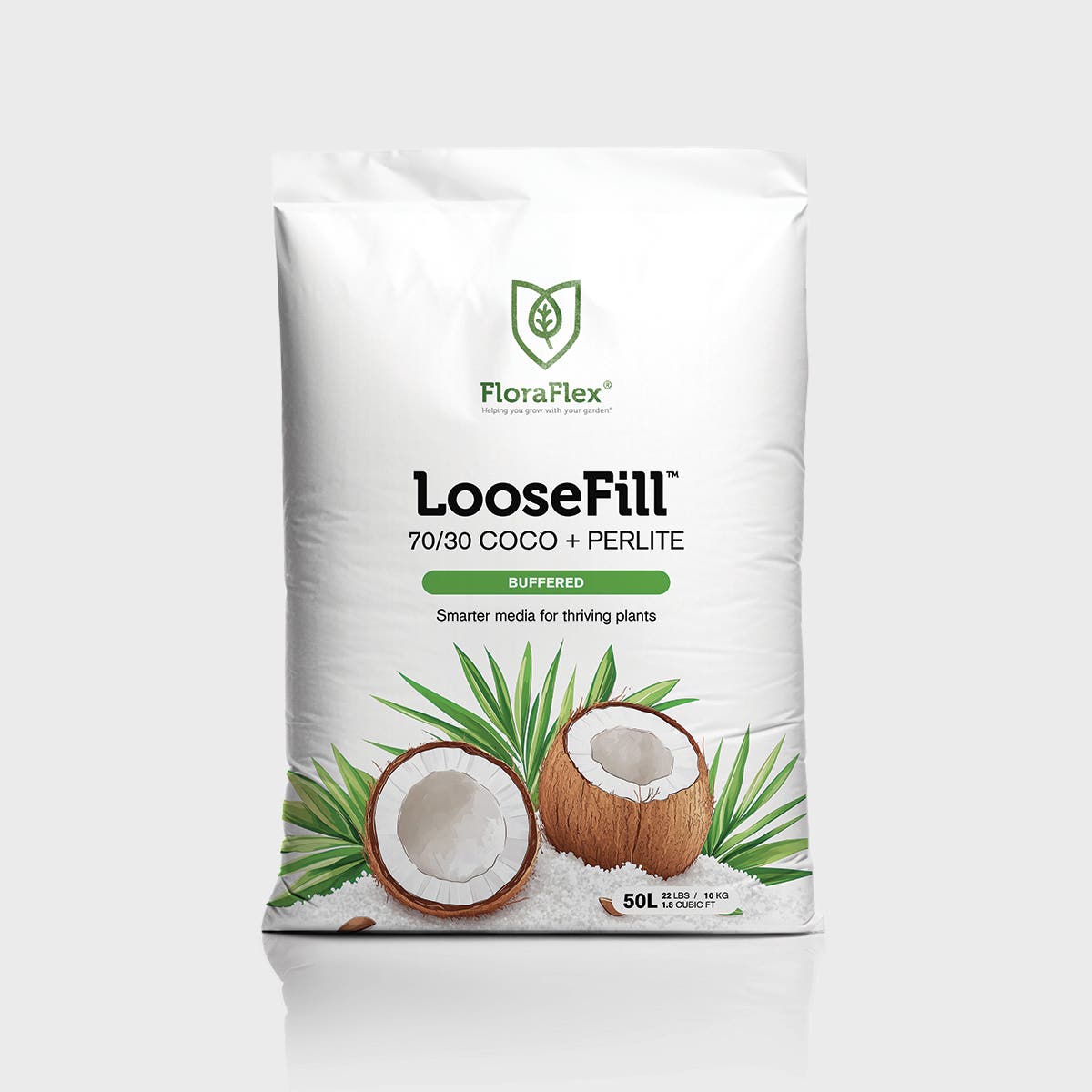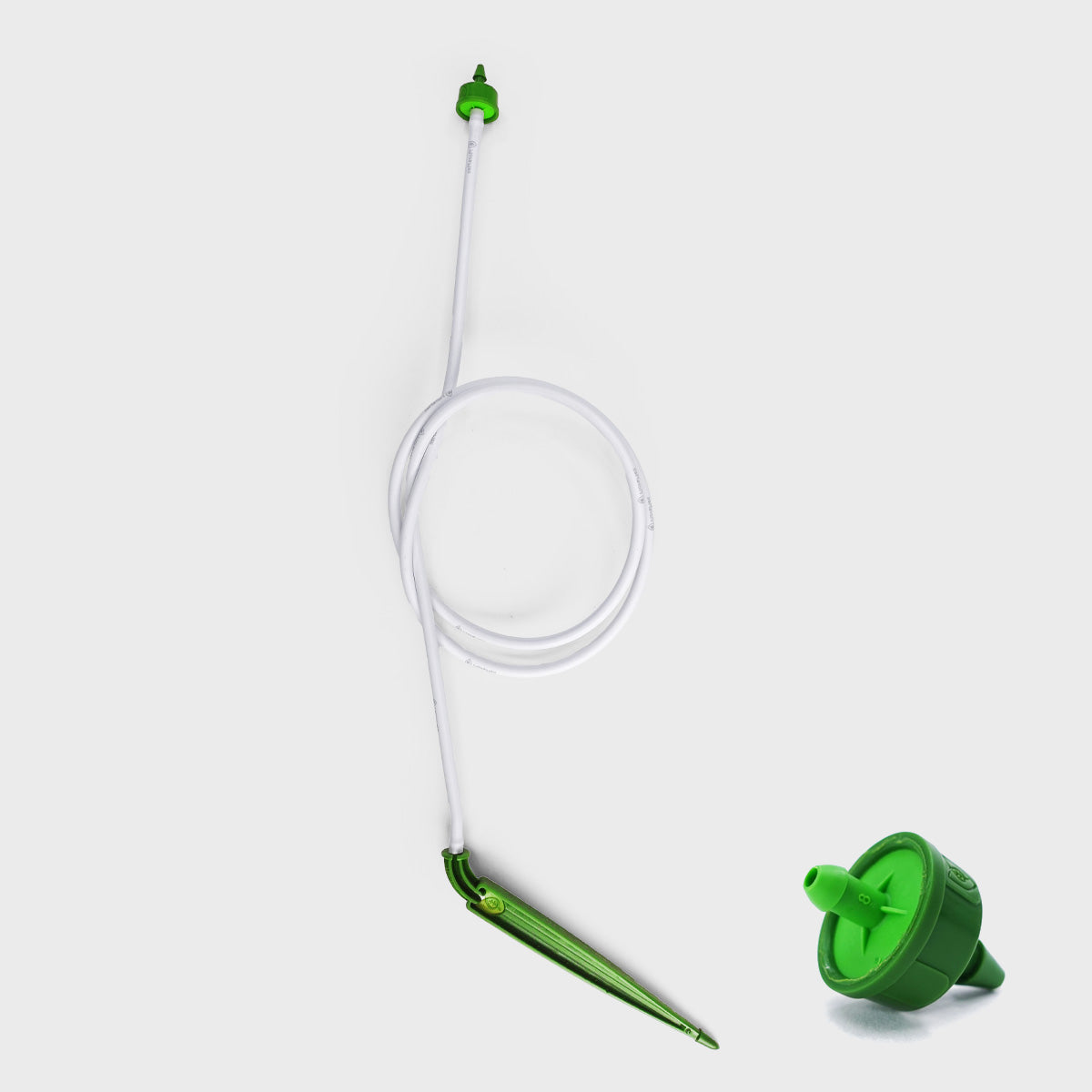Cannabis, a plant with a rich historical presence, has been the subject of heated debate and legislative activity for decades in America. Understanding its journey from widespread acceptance to prohibition and back toward legalization provides a perspective on the cultural and economic forces shaping its current status.
Early Acceptance and Prohibition
Cannabis was widely accepted and utilized for various purposes during the early history of the United States. Its fibers were used for textiles, its seeds as a food source, and its extracts were found in numerous medicinal products. It wasn't until the early 20th century that the tides began to change. This shift was primarily influenced by public perception, spurred by campaigns that characterized cannabis as a substance with detrimental effects on society.
The 1930s saw the rise of reefer madness, a period of heightened scrutiny leading to the Marihuana Tax Act of 1937, which effectively banned cannabis on a federal level by imposing strict regulations and taxes on its cultivation and distribution. This policy set the stage for comprehensive prohibition during the subsequent decades, reinforced by the Controlled Substances Act of 1970, which placed cannabis in the most restrictive category of substances.
The Road to Legalization
The late 20th century marked the beginning of cannabis's legal renaissance. California paved the way with the Compassionate Use Act of 1996, becoming the first state to allow medical cannabis use. This legislation inspired other states to follow suit, each introducing their own regulations and frameworks for managing the cultivation and distribution of medical cannabis.
A key player in cannabis cultivation are products like the Emitter Plugs, which facilitate efficient water management, crucial for both small-scale and commercial growers. Similarly, products such as Measuring Cups enable precise nutrient distribution, an essential part of cannabis gardening.
As public support for cannabis grew, so did legislative efforts to broaden its legal status. In 2012, Colorado and Washington became the first states to regulate cannabis in a manner similar to alcohol. They implemented comprehensive frameworks for the cultivation, sale, and taxation of cannabis, considering both economic potential and public safety.
The Modern Era
Today, cannabis legalization is a rapidly evolving area, characterized by ongoing debates and policy shifts. Many states have embraced full legalization, allowing cannabis for both medical and recreational use, while others continue to adhere to stricter regulations or outright prohibition.
For modern cultivators and hobbyists, products like the 3/4 Gal Quickfill™ | 60% WHC and BLOOM NUTRIENTS COMBO are indispensable. These tools provide the nutrients and growing conditions necessary for optimal plant development. Additionally, the BULKY B™: BLOOM STIMULATOR ensures robust flowering, crucial for maximizing the yield of each crop.
As we move forward, the implications of cannabis legalization continue to be a meaningful topic, impacting not just agricultural practices but also broader societal norms and economic trends. For those interested in staying updated on the latest products and innovations in cannabis and horticulture, visit FloraFlex to explore a range of solutions designed to enhance your growing experience.
Disclaimer: The information provided is for educational purposes and should not be construed as legal advice. Always adhere to the laws and regulations applicable in your region.

